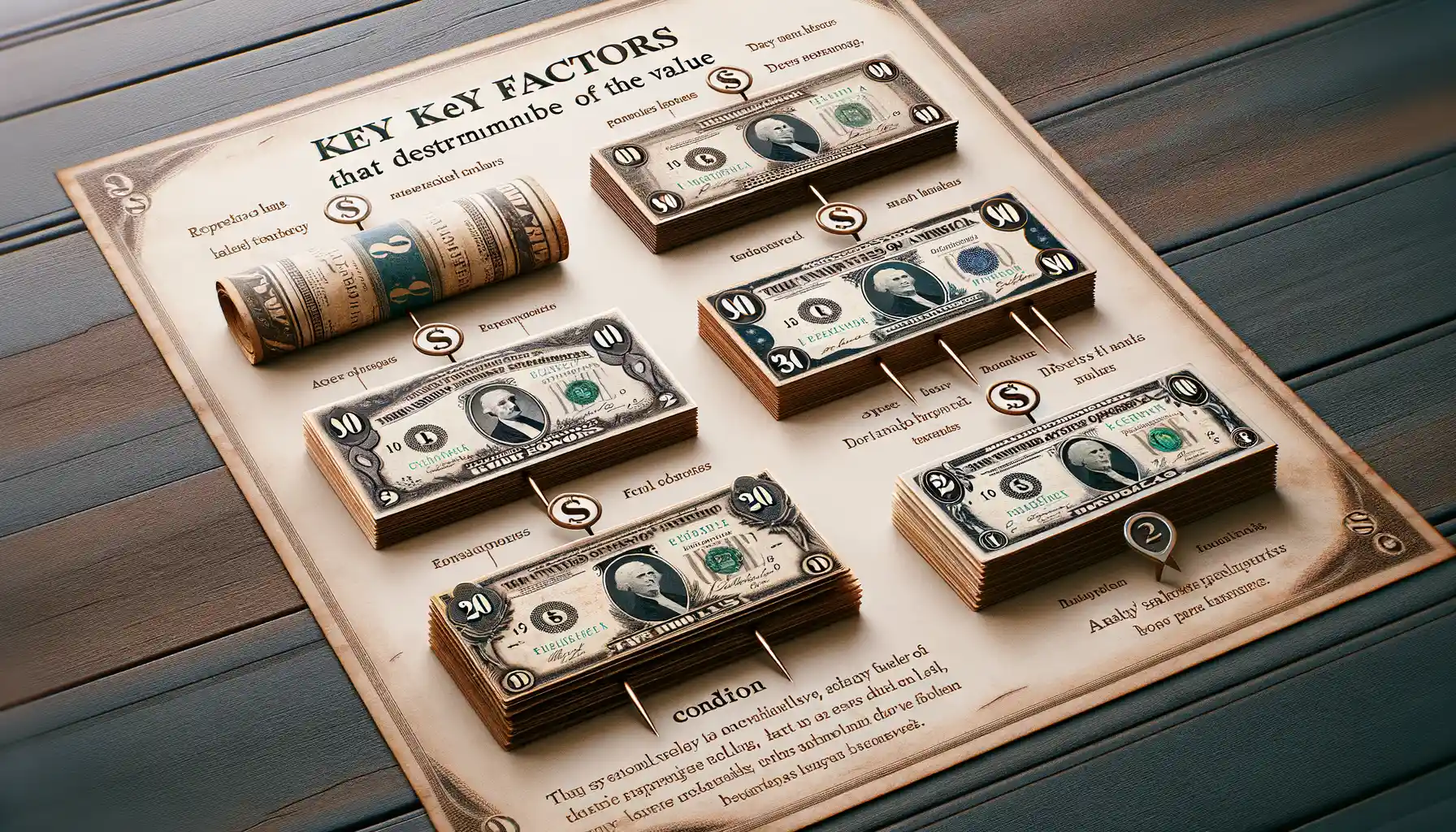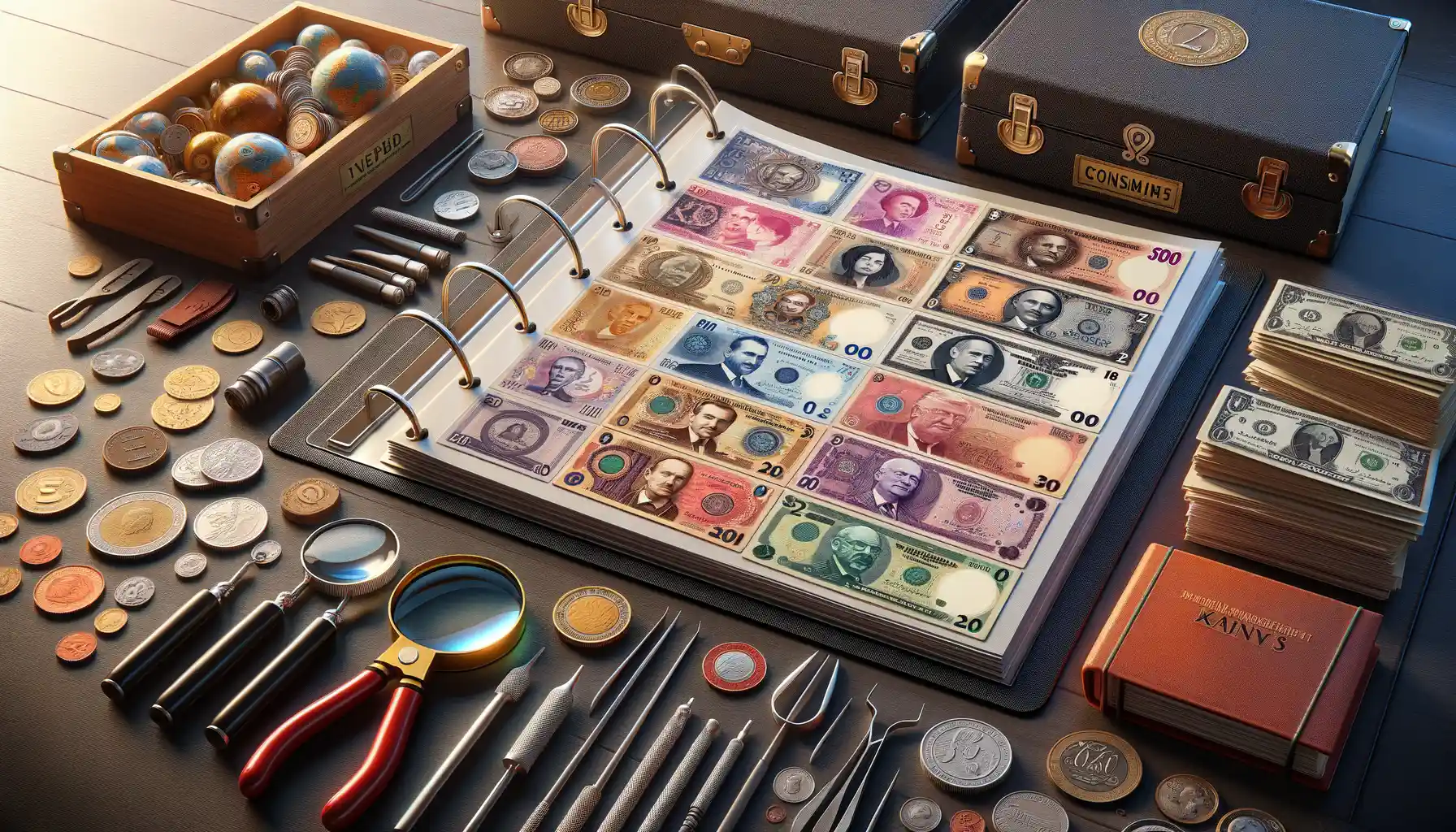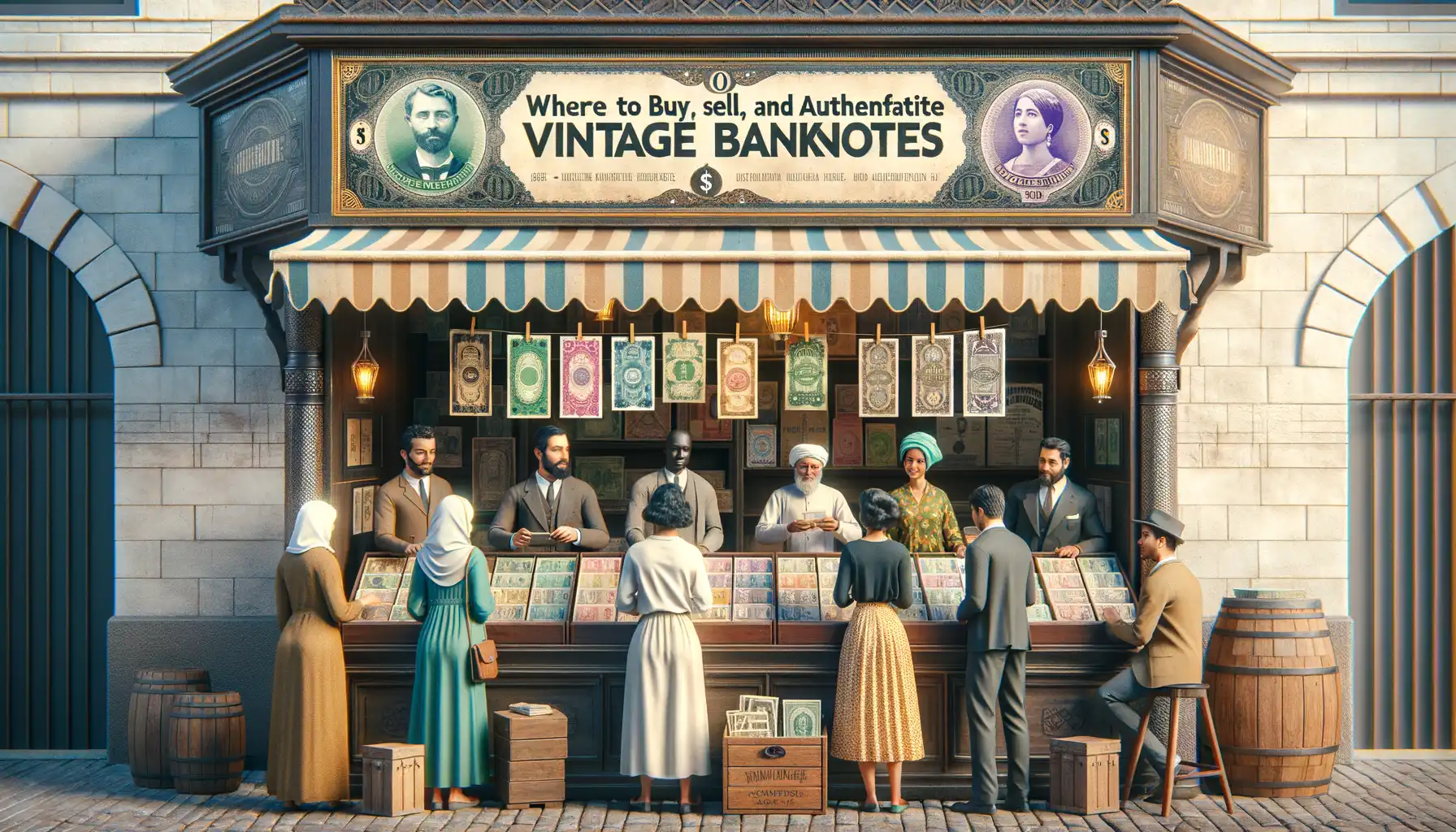Introduction to Vintage Banknotes Collecting
Imagine holding a piece of history right in your hands—a snapshot of a bygone era, preserved on a crisp rectangular canvas. That’s the magic of collecting vintage banknotes. It’s not just a hobby; it’s a time machine, connecting you to stories of trade routes, revolutions, and even economic booms and busts.
What Makes Vintage Banknotes So Special?
Unlike modern currency, which can sometimes feel, well… impersonal, vintage banknotes are brimming with character. The intricate engravings, vibrant colors, and ornate typography make them miniature works of art. Some notes feature portraits of monarchs, some showcase national emblems, while others depict local industries or mythological figures. Have you ever stared at an 1800s French Franc or an early US Confederate Dollar? It feels like stepping into another world.
Collectors often begin this journey for a variety of reasons:
- Nostalgia: Perhaps you’ve stumbled upon an old note from your grandparents’ attic.
- Historical intrigue: Who doesn’t love uncovering the political or cultural story behind a rare bill?
- Aesthetic appeal: Let’s be honest—these notes are stunningly beautiful!
The Thrill of Hunting for Hidden Gems
There’s nothing quite like the thrill of stumbling across a gem at an antique shop or spotting a rare note at a collector’s fair. Perhaps it’s a 1924 German Reichsmark or a century-old Japanese Yen—each comes with its own aura, its own mystique. And don’t forget: rarity often magnifies the treasure’s allure. You’ll find yourself scouring auctions, chatting with seasoned dealers, and even trading with fellow enthusiasts from around the globe. It’s a treasure hunt, but better—it’s personal.
Embarking on this journey isn’t about amassing wealth, though. It’s about surrounding yourself with tangible traces of human history, enriching your understanding of the world, and maybe, just maybe, holding in your hands what someone once clung to as a lifeline during a war or famine.
Understanding the Historical Significance of Banknotes

The Stories Banknotes Whisper Through Time
Picture this: a crisp, ornate banknote passed hand-to-hand through bustling 19th-century markets, its intricate designs reflecting the culture, politics, and aspirations of its era. Banknotes are more than just money—they are time capsules, carrying echoes of the past in every detail.
Some notes bear portraits of monarchs, presidents, or revolutionaries, marking pivotal periods in history. Others showcase stunning artwork, like the vivid colors of French Francs or the elegance of Japanese Yen, revealing how art and commerce intertwine. Even the materials—cotton paper to polymer—tell stories about technological progress and economic shifts.
Why Collecting is Like Holding History in Your Hands
Vintage banknotes offer a tactile connection to a long-lost world. Ever heard of hyperinflation in Germany during the 1920s? Imagine holding a 1 trillion Mark note, a sobering reminder of economic chaos. Or perhaps you’ve seen Confederate States dollars from America’s Civil War, faded but defiant, representing a fractured nation.
Collectors treasure these pieces because they aren’t just relics; they’re storytellers. Key reasons banknotes hold such historical value:
- National Pride: Many feature symbolic monuments or cultural icons.
- Rare Errors: Printing mistakes can reveal fascinating insights into their creation processes.
Each banknote isn’t just worth its weight—it’s worth its tale. Once you step into this world, you’ll never look at currency the same way again.
Key Factors That Determine Value in Vintage Banknotes

Rarity: The Treasure Hunt of Banknote Collecting
One of the most thrilling aspects of collecting vintage banknotes is uncovering that rare gem—a banknote so scarce that simply owning it feels like holding a piece of history in your hands. Rarity often correlates directly with value. Notes printed in limited quantities or withdrawn shortly after release are typically highly sought after. For instance, a pre-Civil War U.S. banknote or an early colonial currency piece might be akin to striking gold.
But don’t stop at print numbers! Consider survival rates. A note may have had millions in circulation decades ago, but time can be cruel—war, natural disasters, or even everyday use may have left only a handful intact. Ask yourself: “How often does this note appear for sale? Is it a unicorn among collectors?”
- Serial Numbers Matter: Low, repeated, or unique serial numbers (like 000001 or 123456) can make even a common note special.
- Error Notes: A misprint or off-center image? These quirks aren’t flaws—they’re jackpot-worthy rarities.
Condition: The Art of Perfection
Think of a pristine, untouched vintage banknote as the holy grail of collecting. Condition plays a monumental role in value. Enter the fascinating world of grading—terms like “uncirculated,” “fine,” or “very poor” are more than jargon—they’re your guideposts.
For example, picture a note from 1860 with razor-sharp corners and vibrant printing, looking like it emerged yesterday. In contrast, a tattered version of the same note with heavy creases could fetch a fraction of the price. Details matter: Hold it up to the light. Are the colors bright? Any tears or stains? That level of scrutiny could mean the difference between fair and phenomenal.
Tips for Starting and Managing Your Banknote Collection

Get Ready to Dive into the World of Banknote Collecting
Starting your journey as a banknote collector is like stepping into a time machine with an open suitcase—it’s thrilling, personal, and full of surprises. Before you grab your first note, take a moment to ask yourself: What fuels your interest? Are you drawn by the intricate designs, the historic stories they hold, or perhaps the sheer satisfaction of building something unique?
Here’s a tip: Begin small, but dream big. Instead of splurging on a rare 19th-century masterpiece, start with notes from your home country or regions that intrigue you. Scout notes with unique features like watermarks, serial numbers, or even quirky misprints—they add personality to your collection.
- Storage matters: Keep your treasures safe in acid-free sleeves or albums designed for banknotes. Don’t let humidity or direct sunlight play havoc with their beauty.
- Stay organized: Arrange your collection by theme, year, or region. A well-organized collection isn’t just easier to manage—it’s also a joy to show off.
Nurture Your Collection Like It’s a Living Story
Treat each banknote as a storyteller. Perhaps one recalls wartime struggles, another whispers tales of economic booms or busts. To keep the excitement alive, research the history behind your acquisitions—it’s half the fun and will deepen your connection with each piece.
Finally, join collector communities online or attend exhibitions. These spaces are goldmines for tips and trading opportunities. Plus, there’s nothing quite like the camaraderie of sharing your finds with others who “get it.”
Where to Buy, Sell, and Authenticate Vintage Banknotes

Finding Treasures: Where to Buy Vintage Banknotes
Are you ready to embark on a treasure hunt? The world of buying vintage banknotes is as thrilling as it is diverse. From dusty antique shops to the boundless vaults of the internet, there are countless ways to uncover a rare gem. Consider scouring these popular spots:
- Online marketplaces: Platforms like eBay and specialized auction sites (like Heritage Auctions) are brimming with opportunities. Just make sure you research the seller’s credibility first!
- Banknote fairs and conventions: Imagine walking into a room buzzing with collectors and dealers showcasing their finds. These events are playgrounds for enthusiasts.
- Local coin and currency stores: Don’t underestimate these! Many hold stunning vintage notes just waiting to be discovered.
Ensuring Authenticity and Finding Buyers
Authenticity is everything in this world—counterfeits can shatter dreams. To verify your finds, seek out professional services like the Professional Currency Grading Service (PCGS) or the Banknote Certification Service (BCS). They employ experts trained to scrutinize every fiber of your note.
When it comes to selling, finding passionate buyers is half the thrill! Try sharing your collection at niche Facebook groups, or better yet, list them at reputable auction houses where history buffs gather. It’s a chance to turn your prized note into someone else’s holy grail.